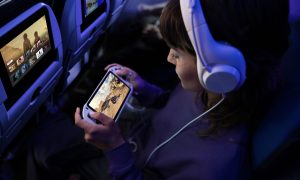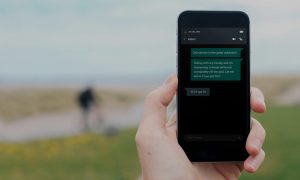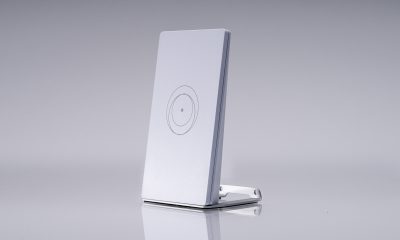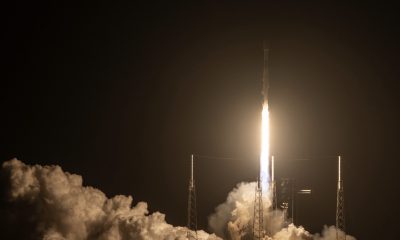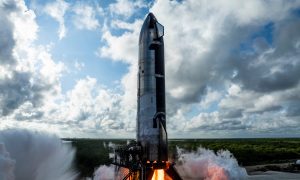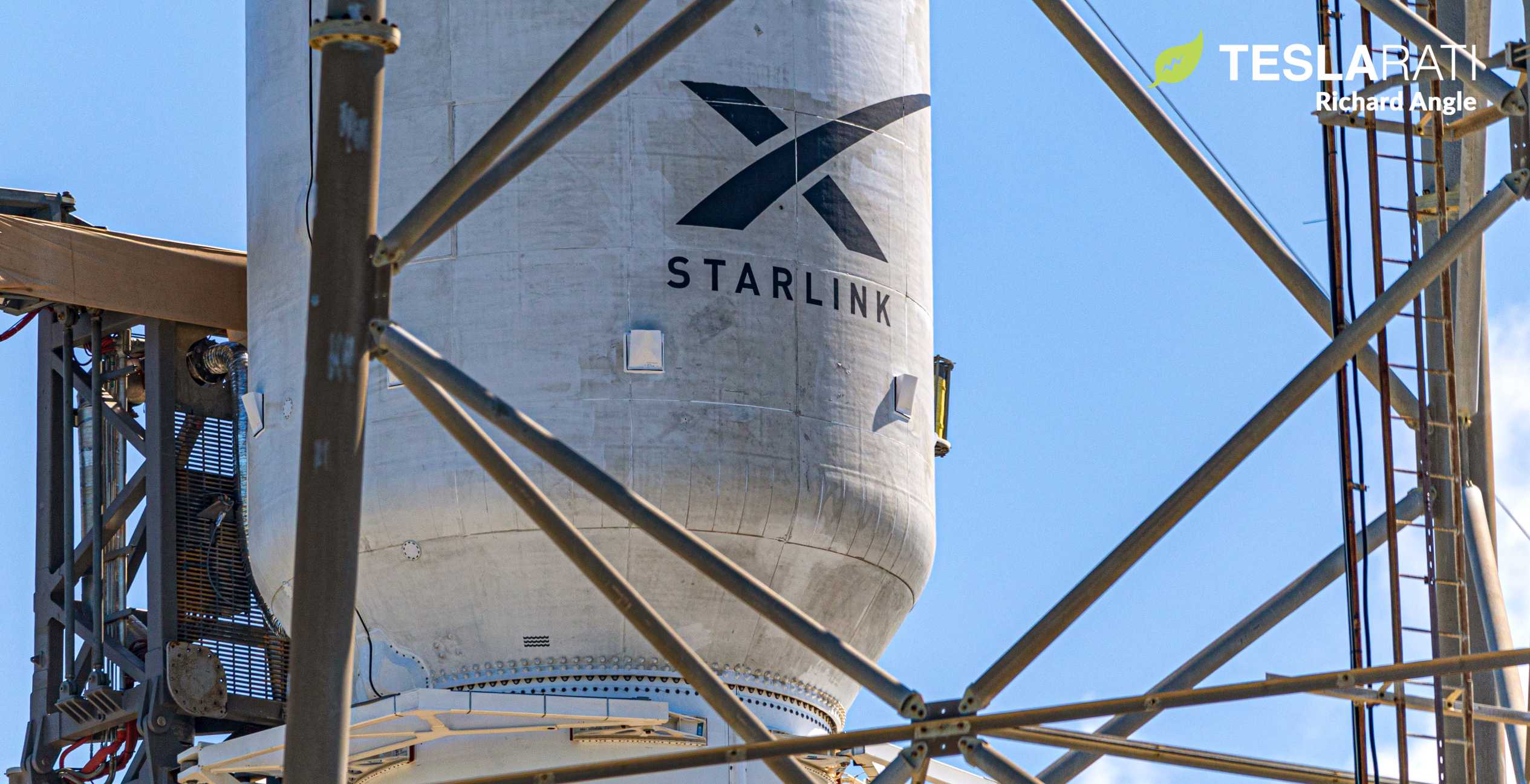

News
SpaceX Starlink user terminals tested by board members as beta nears
SpaceX’s nascent Starlink user terminal technology – the consumer hardware that will connect customers to a vast space-based internet constellation – is being put through its paces in a series of closed tests with employees, board members, and investors.
This news comes around the same time as SpaceX took two significant steps towards a beta debut for Starlink internet service, completing the eighth successful launch of Starlink v1.0 satellites and opening a new web portal where anyone can sign up for updates on service availability in their region. According to COO and President Gwynne Shotwell, SpaceX means to begin rolling out Starlink internet service once 14 launches are completed and ~840 satellites are in orbit. Whether or not that figure includes SpaceX’s first launch of 60 ‘v0.9’ Starlink satellites back in May 2019, it’s safe to say that that 14-launch milestone is just two or three months away if the company can sustain and average of two to three launches per month.
Regardless of the spectacular, well-publicized launch component of SpaceX’s Starlink internet satellite constellation, apparent user terminal testing helps shed light on the customer-facing side of the venture. While currently just shy of invisible, the user terminal is at least as difficult and important a problem to solve as Starlink satellite production and launch – if not more important and more challenging.
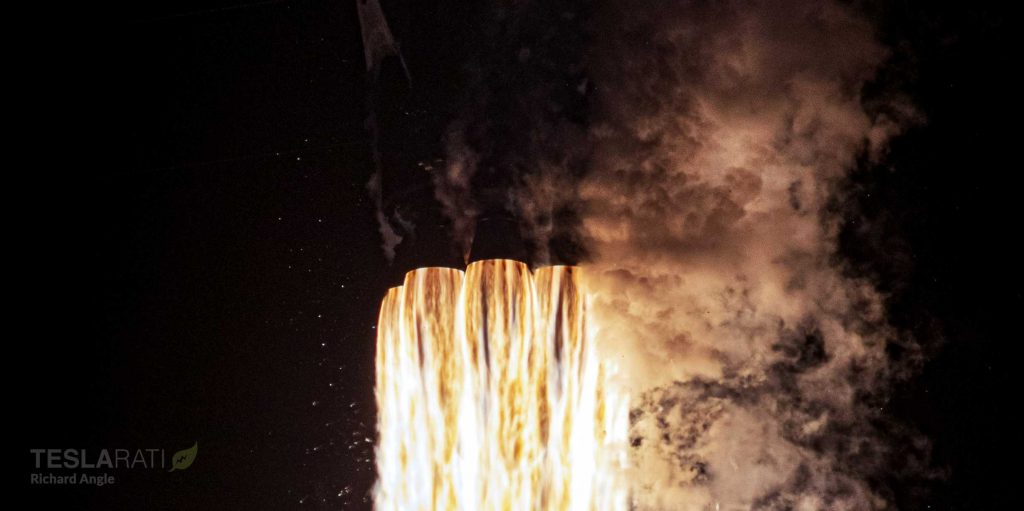
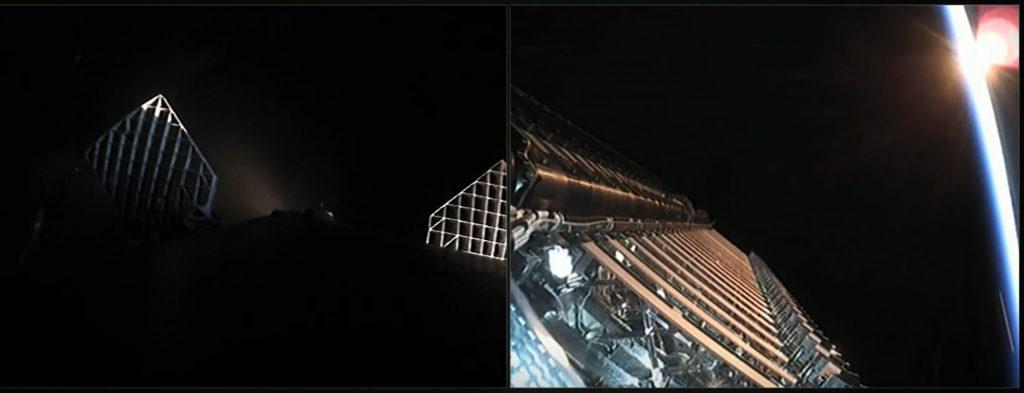
As previously discussed on Teslarati, user terminals could easily make or break Starlink regardless of dozens of successful launches or the quality of satellites, ground stations, or the network in general.
“Aside from the quality, reliability, and usability of the network itself (can it stream YouTube/Netflix videos? Game? Teleconference?), the user terminals customers need in order to access said network will also be under the microscope. If SpaceX is unable to mass-produce millions of high-quality, reliable user terminals and ensure that they are easy and intuitive to use, the quality of the Starlink satellite network itself would be effectively irrelevant.
The problem is familiar for users of ISPs (i.e. a majority of humans): your WiFi router and modem can be top-of-the-line but bad internet service makes the quality of your home network irrelevant. Vice-versa, a bad router or modem will also make high-quality internet service effectively irrelevant. In other words, SpaceX fundamentally needs to ensure that neither component threatens the user experience.”
Teslarati.com – April 23rd, 2020
In other words, low-quality, buggy user terminals that are hard to set up or require frequent babysitting to ensure a stable connection would make the quality of the satellites SpaceX launches and the ground-based infrastructure it installs irrelevant. Hence the closed focus group-style testing like that described above by investor Steve Jurvetson.
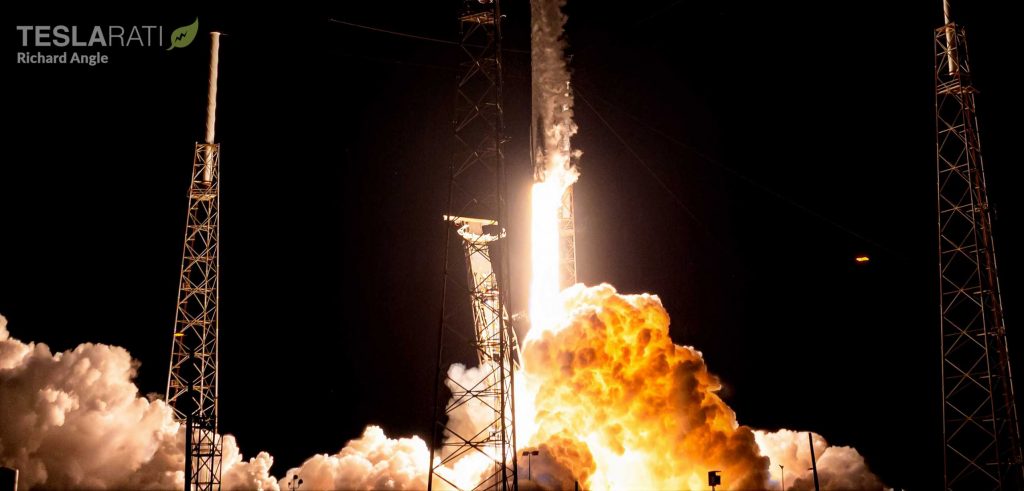
According to Jurvetson, board members (him included) were invited to SpaceX on June 11th or 12th to try out Starlink user terminal prototypes the company is in the midst of developing. Specifically, each board member was given a terminal and asked to set it up themselves in a friendly race to the finish line (establishing an internet connection). Steve ultimately said that the prototype he set up offered the “simplest out-of-box experience imaginable.”
In fact, SpaceX has already been performing similar tests for several months according to a virtual seminar hosted by data company Tape Ark earlier this month, performing a similar setup test but with dozens of employees’ spouses rather than board members. While board members of a high-tech rocket company and families of its employees aren’t exactly a random sample of American (or worldwide) consumers, all non-employees tested thus far have been able to set up Starlink terminals and establish an internet connection without issue. That’s no mean feat when one considers that the alternative is setting up a modem and router and activating internet service through an ISP like Comcast, a task that can easily destroy the sanity of even technically-savvy users.
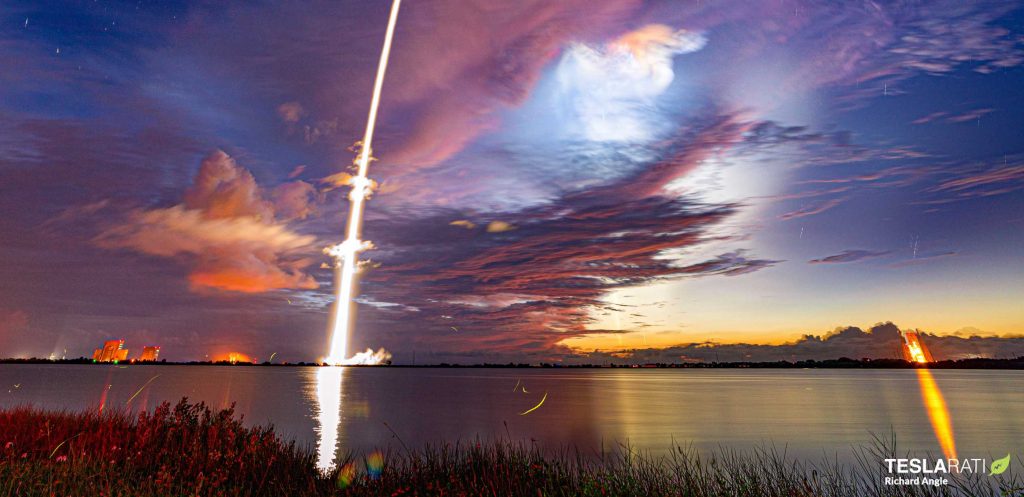
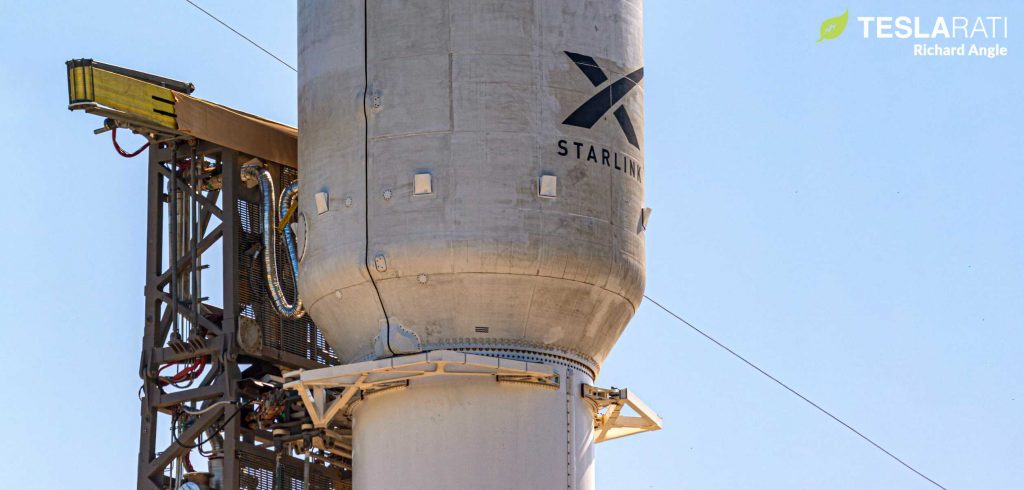
CEO Elon Musk himself has always made it clear that simplicity is a priority for Starlink user terminals, recently stating that the final product should be even simpler than the prototypes that board and family members alike had zero difficulty setting up, requiring customers to simply “plug [it] in & point [it] at [the] sky”. Given that SpaceX could be ready to roll out Starlink internet service in some capacity as early as August or September, it’s safe to say that the mysterious “UFO-on-a-stick” user terminal wont remain a secret for much longer.
Specs-wise, the same virtual seminar revealed that a normal level of connectivity for a user terminal will be around 100 megabits per second (mbps) down and 40 mbps up. According to Musk, Starlink internet latency (often known as ping) might actually be better than fiber internet, offering ~20 ms for Version 1 and ~8 ms when Version 2 debuts (ETA unknown).
Check out Teslarati’s Marketplace! We offer Tesla accessories, including for the Tesla Cybertruck and Tesla Model 3.
News
Tesla Semi gets new adoptee in latest sighting
Tesla is continuing to increase the number of companies that have access to the Semi.
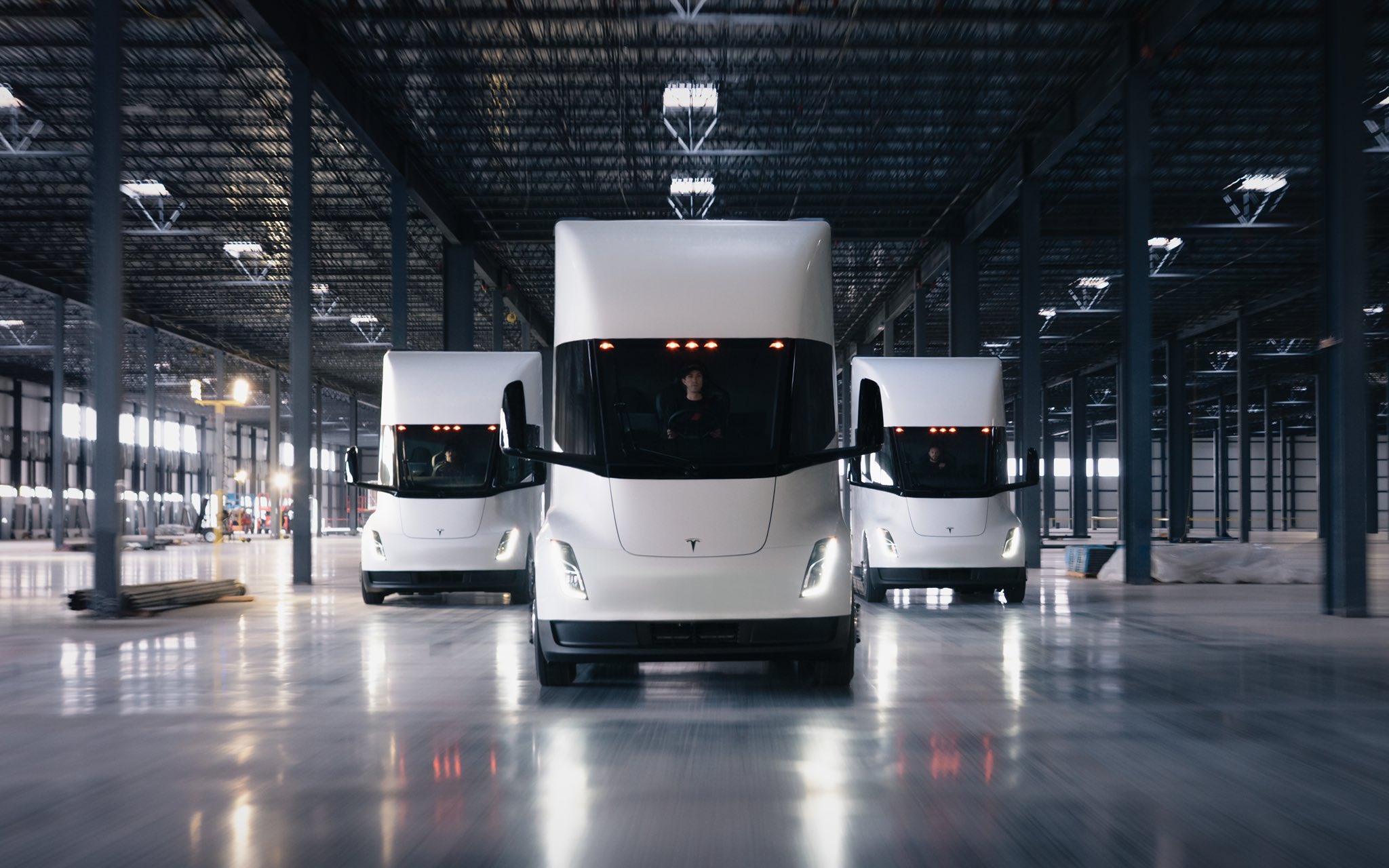
The Tesla Semi looks to have its newest adoptee as US Foods, the second-largest foodservice distributor in the United States, was seen with its badging on the all-electric Class 8 truck.
US Foods trails only Sysco Corporation in terms of foodservice distributors by volume in the United States. The company joined several other massive food industry entities, such as PepsiCo, and its subsidiary, Frito-Lay, have both utilized the Tesla Semi in their fleets.
Tesla Semi futuristic sci-fi acceleration sound will never get old
The Semi in question was spotted by X user Zanegler, a prominent tracker of the Tesla Semi and its factory, which sits near the company’s Gigafactory Nevada plant in Reno:
**Breaking Tesla Semi News: US Foods branded Tesla semi seen near Giga Nevada**
The program continues to show positive momentum with multiple new customers receiving the clean air vehicles.
I believe this to be a training run with a with Tesla driver/instructor showing the US… pic.twitter.com/x3Nlw7H2c7
— Zanegler (@HinrichsZane) May 9, 2025
US Foods also has a distribution center in Reno, which could have something to do with its decision to start using the Semi in regional logistics.
With an influx of EV semitrucks hitting the market from many different manufacturers, it is evident that companies are taking the idea of making their fleets more environmentally friendly very seriously.
Tesla is still very close to unloading the Semi in a more volumized fashion, as the company’s Vice President of Vehicle Engineering, Lars Moravy, said in January:
“We just closed out the Semi factory roofing walls last week in Reno…but we’re prepping for mechanical installation of all the equipment in the coming months… The first builds of the high-volume Semi design come late this year in 2025 and begin ramping early in 2026.”
First Tesla Semi high-volume production builds expected this 2025
With the latest addition of US Foods, Tesla increases its list of companies that are planning or are already using the Semi to help with local logistics and transportation. Among them are:
- PepsiCo
- Walmart
- Sysco
- Costco
- Martin Brower
- Saia Inc.
- UPS
- Anheuser-Busch
- DHL
Many other companies have plans to use the Semi in their fleets. Currently, Tesla appears to be hand-picking those who have access to the vehicle as the pilot program continues.
Lifestyle
Tesla Cybertruck takes a bump from epic failing Dodge Charger
The Cybertruck seemed unharmed by the charging Charger.
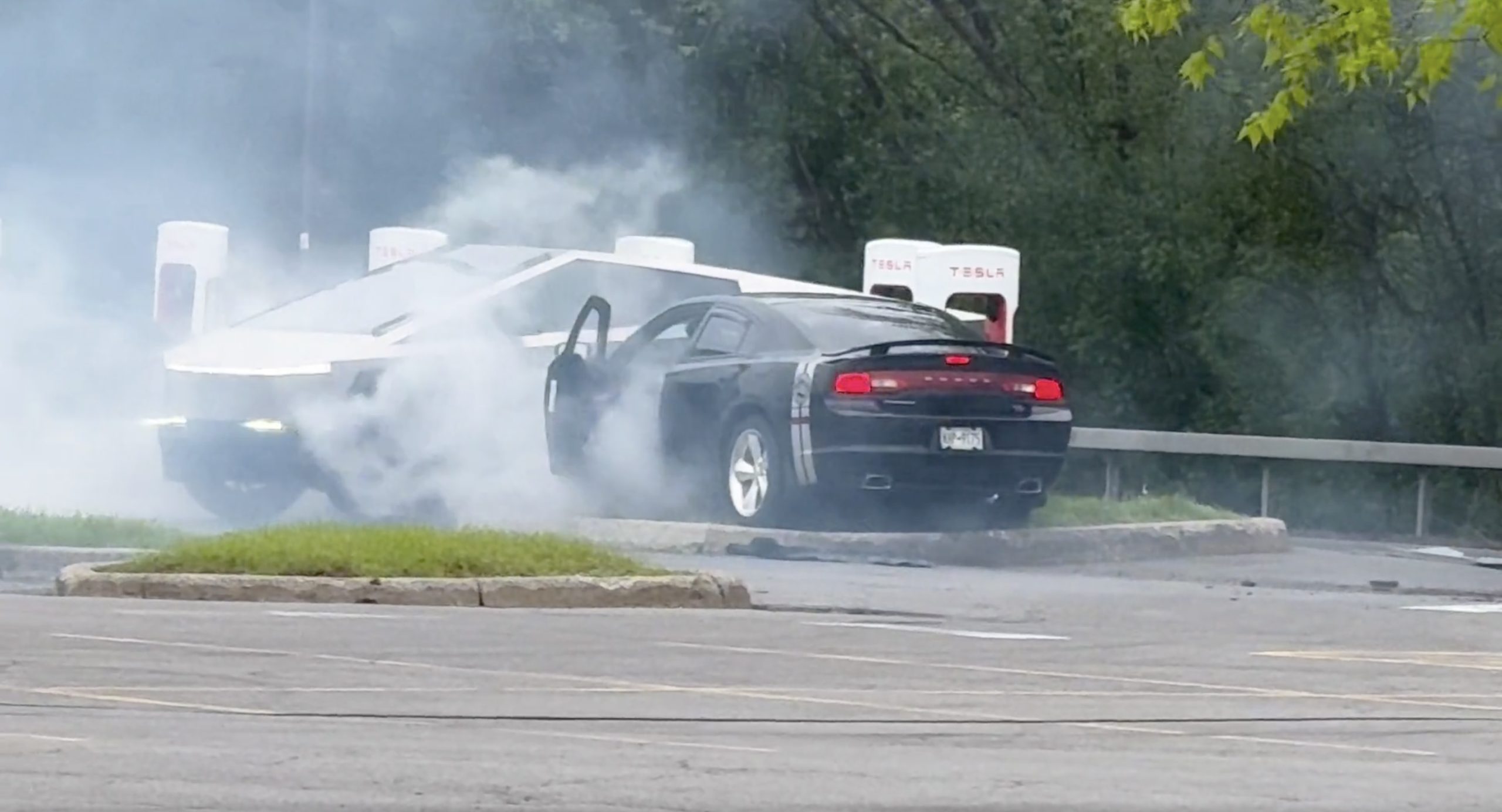
There comes a time in a driver’s life when one is faced with one’s limitations. For the driver of a Dodge Charger, this time came when he lost control and crashed into a Tesla Cybertruck–an absolute epic fail.
A video of the rather unfortunate incident was shared on the r/TeslaLounge subreddit.
Charging Charger Fails
As could be seen in the video, which was posted on the subreddit by Model Y owner u/Hammer_of_something, a group of teens in a Dodge Charger decided to do some burnouts at a Tesla Supercharger. Unfortunately, the driver of the Charger failed in his burnout or donut attempt, resulting in the mopar sedan going over a curb and bumping a charging Cybertruck.
Ironically, the Dodge Charger seemed to have been parked at a Supercharger stall before its driver decided to perform the failed stunt. This suggests that the vehicle was likely ICE-ing a charging stall before it had its epic fail moment. Amusingly enough, the subreddit member noted that the Cybertruck did not seem like it took any damage at all despite its bump. The Charger, however, seemed like it ran into some trouble after crashing into the truck.
Alleged Aftermath
As per the the r/TeslaLounge subreddit member, the Cybertruck owner came rushing out to his vehicle after the Dodge Charger crashed into it. The Model Y owner then sent over the full video of the incident, which clearly showed the Charger attempting a burnout, failing, and bumping into the Cybertruck. The Cybertruck owner likely appreciated the video, in part because it showed the driver of the Dodge Charger absolutely freaking out after the incident.
The Cybertruck is not an impregnable vehicle, but it can take bumps pretty well thanks to its thick stainless steel body. Based on this video, it appears that the Cybertruck can even take bumps from a charging Charger, all while chilling and charging at a Supercharger. As for the teens in the Dodge, they likely had to provide a long explanation to authorities after the incident, since the cops were called to the location.
News
Tesla confronts Service complaints with new AI-backed strategy
Tesla will use a new AI Agent to help expedite Service claims and improve communication with customers.
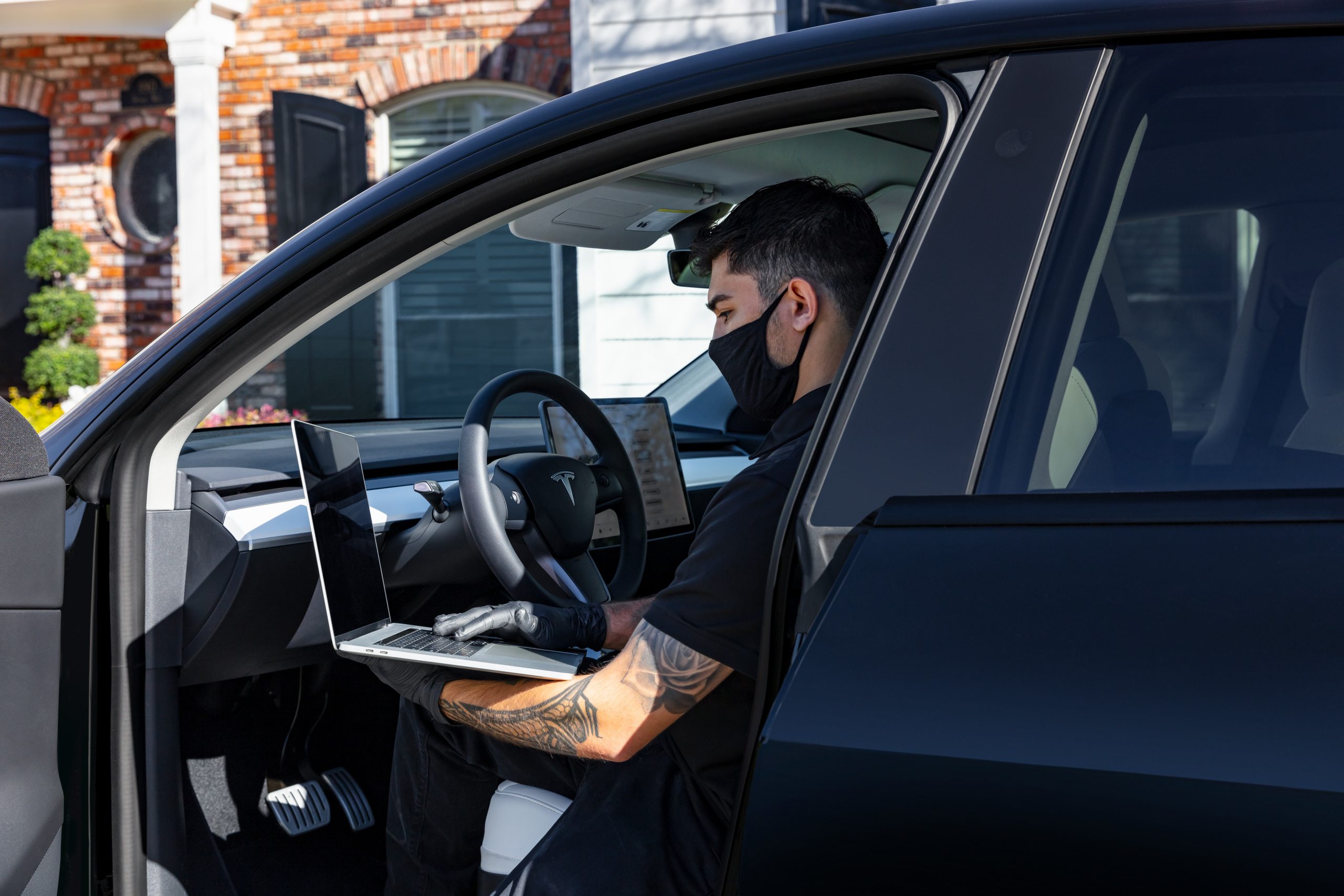
Tesla is implementing a new AI-based strategy to improve service for owners. Service has routinely been among the biggest complaints of owners, although it has improved drastically over the past few years.
Some of the complaints that Tesla has received regarding its Service platform have evidently been used to develop new strategies to not only streamline the entire experience but also to make things easier for the company, which deals with many claims each week.
As a result of complaints in the past, Tesla has used various strategies to make things better for customers. However, the latest improvement comes as a result of AI, something Tesla leans on in many facets of its business.
Tesla adds ingenious solution to app to streamline Service appointments
Tesla’s AI and IT Infrastructure, Cybersecurity, and Vehicle Service head Raj Jegannathan said on X this week that the company is rolling out a new AI Agent specifically designed to handle service comms with customers.
He said the new Service AI Agent will detect delays in communications between the company and the customers, monitor the sentiment of these conversations, and auto-escalate certain claims directly to leaders.
It will also allow customers to type the word ‘Escalate’ in the message center portion of the phone app after two weeks of delays. This will help customers reach higher-ups more easily and likely will eliminate the complaints that many have had over the past few years.
The company is rolling out the AI Agent in ten pilot locations to start. Its first day being active was May 8.
Jegannathan said:
“Tesla Service’s new AI Agent detects comms delays, monitors sentiment, & auto-escalates to leaders. Starts tomorrow at 10 pilot locations. In 2 weeks, type “Escalate” in ‘message center’ to reach managers. Guardrails in place to prevent abuse. We’ll keep improving!”
Tesla Service’s new AI Agent detects comms delays, monitors sentiment, & auto-escalates to leaders. Starts tomorrow at 10 pilot locations. In 2 weeks, type “Escalate” in ‘message center’ to reach managers. Guardrails in place to prevent abuse. We’ll keep improving!
— Raj Jegannathan (@r_jegaa) May 8, 2025
Service has had a lot of interesting strategies used to improve things, but it has definitely been a weak point of the Tesla ownership experience. In a perfect world, vehicles wouldn’t need repair for anything, but that is not realistic.
Instead, Tesla has worked to expedite the entire Service experience through various strategies, including F1-style service, and a goal to fix two-thirds of repair claims within the same day.
Parts availability sometimes takes this goal out of reasonableness, but these constant attempts at improving the repair experience show Tesla is doing what it can to make things better for owners.
-
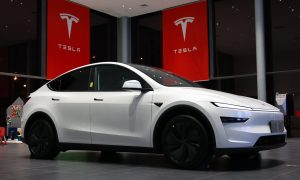
 News6 days ago
News6 days agoTesla offers legacy Model Y owners an interesting promotion
-

 News2 weeks ago
News2 weeks agoTesla is trying to make a statement with its Q2 delivery numbers
-
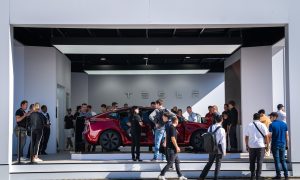
 News2 weeks ago
News2 weeks agoNY Democrats are taking aim at Tesla direct sales licenses in New York
-
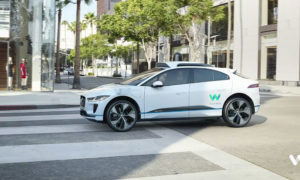
 News2 weeks ago
News2 weeks agoWaymo considers selling robotaxis to individual owners
-
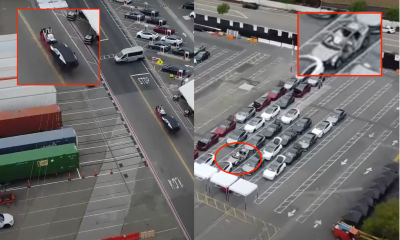
 Lifestyle2 weeks ago
Lifestyle2 weeks agoPossible first glimpse of Tesla “Model 2” affordable car in Fremont Factory
-
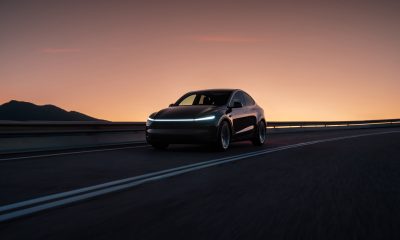
 News2 weeks ago
News2 weeks agoTesla robotaxi test details shared in recent report: 300 operators, safety tests, and more
-

 News2 weeks ago
News2 weeks agoTesla Robotaxi benefits from Trump’s new self-driving rules
-
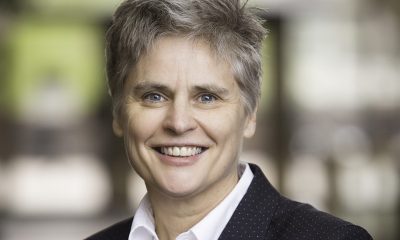
 News2 weeks ago
News2 weeks agoAtty who refused to charge six-time Tesla vandal sparks controversy


